By Christopher Miskimon
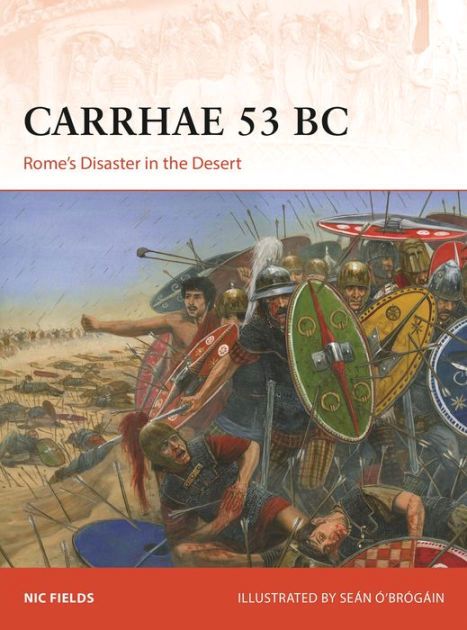 When the Roman Legions marched into the dry desert sands of northern Mesopotamia, the Parthian General Surena was ready for them. Despite being heavily outnumbered, the Parthian horsemen used excellent tactics to draw their enemy out and punish them with clouds of arrows, using their superior mobility to keep from becoming decisively engaged with the legionaries. Eventually the Romans were weakened and overrun, losing almost their entire army along with their commander, Marcus Licinius Crassus, killed during negotiations. His son died earlier in the battle, his head placed on a spear and paraded in front of the trapped Romans.
When the Roman Legions marched into the dry desert sands of northern Mesopotamia, the Parthian General Surena was ready for them. Despite being heavily outnumbered, the Parthian horsemen used excellent tactics to draw their enemy out and punish them with clouds of arrows, using their superior mobility to keep from becoming decisively engaged with the legionaries. Eventually the Romans were weakened and overrun, losing almost their entire army along with their commander, Marcus Licinius Crassus, killed during negotiations. His son died earlier in the battle, his head placed on a spear and paraded in front of the trapped Romans.
Little known today despite enduring interest in ancient Rome, Carrhae was one of its worst defeats. The author deftly explains the campaign and the final battles. There is extensive text on the tactics and techniques of the Parthian cavalry and its horse archers. Both Roman and Parthian weapons and equipment are also examined. A final chapter also delves into the aftermath of the battle and the effects it had on the Romans.
Carrhae 53BC: Rome’s Disaster in the Desert (Nic Fields, Osprey Publishing, Oxford UK, 2022, 96 pp., maps, photographs, bibliography, index, $24, softcover)
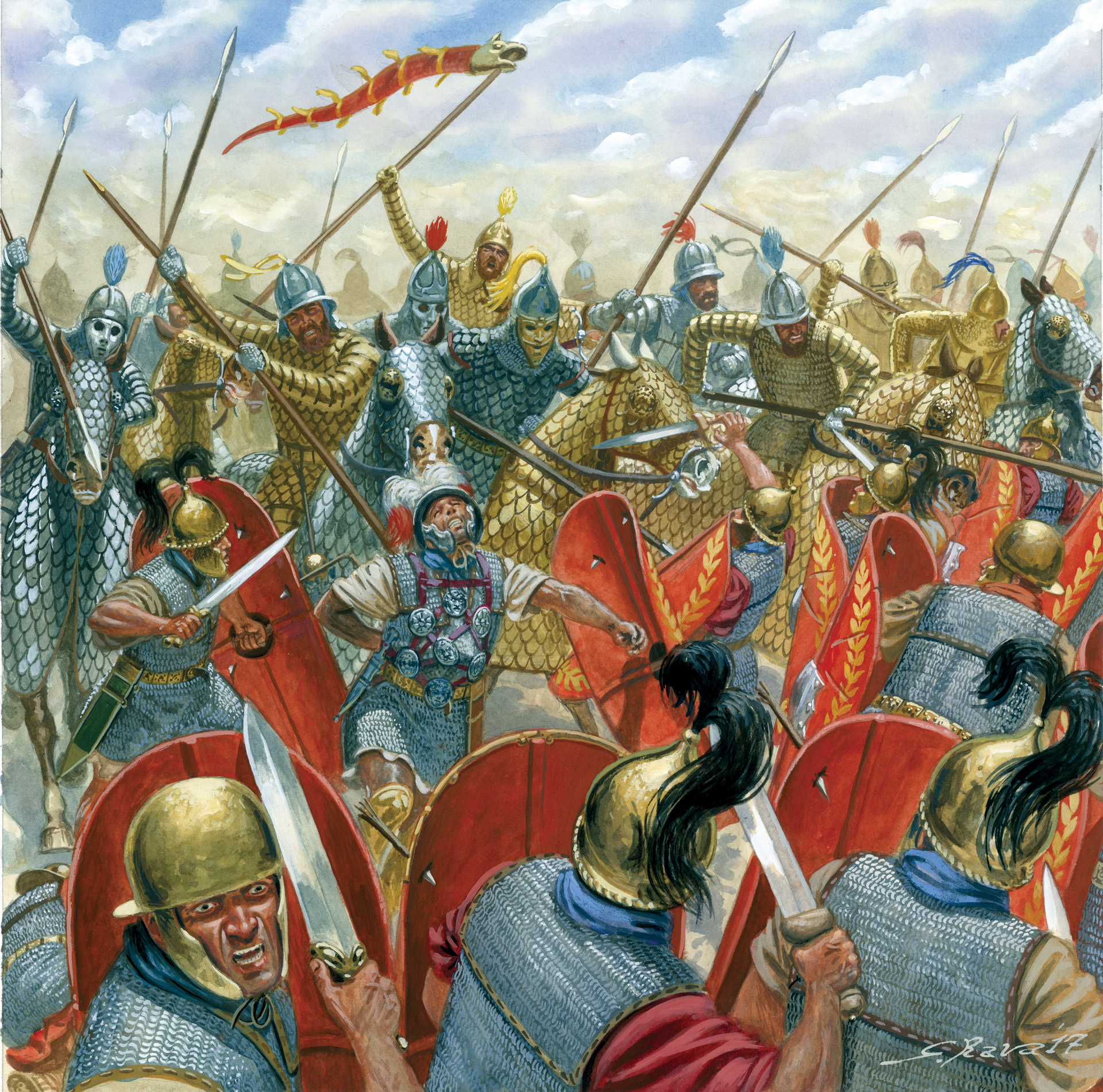
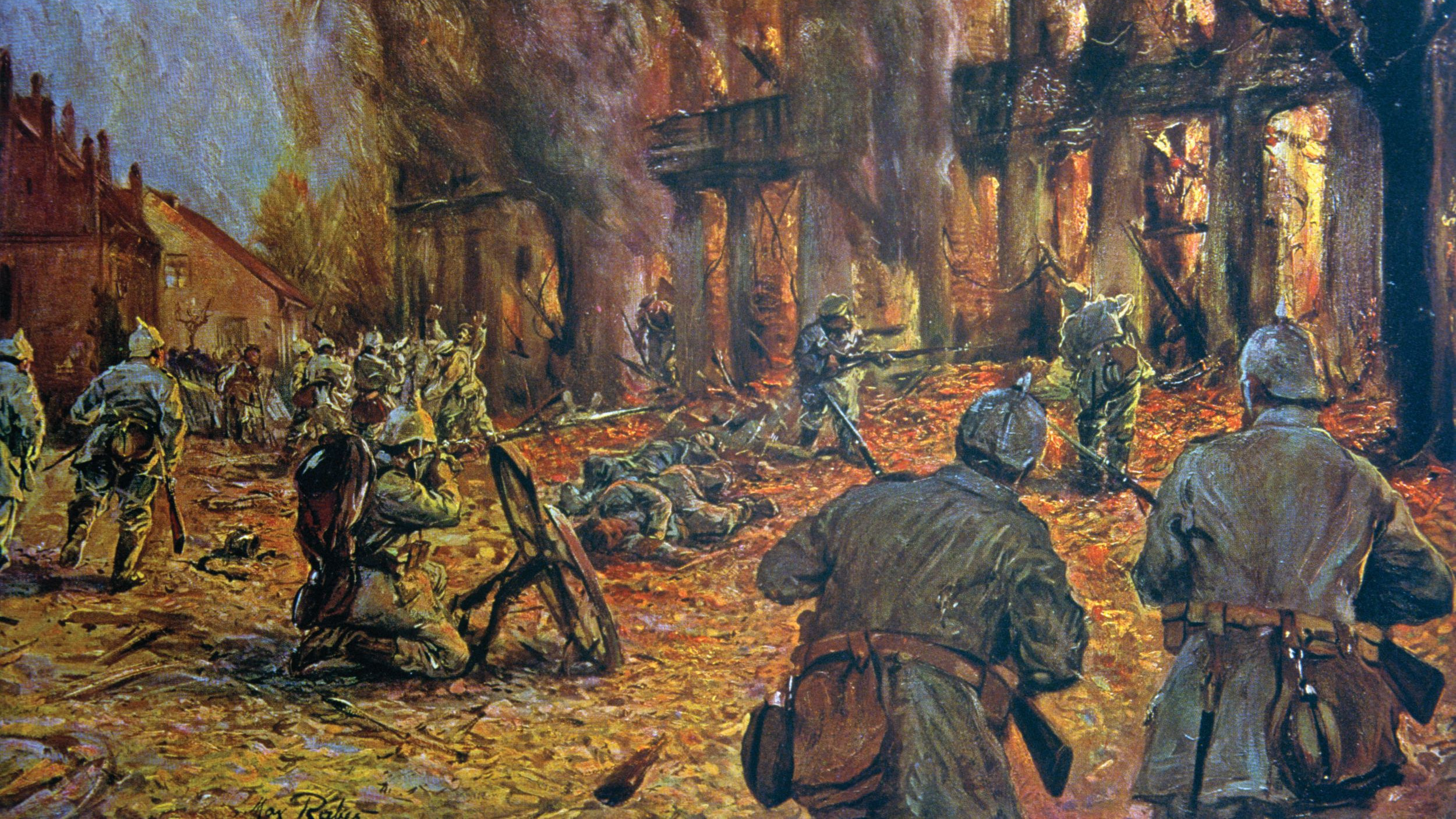
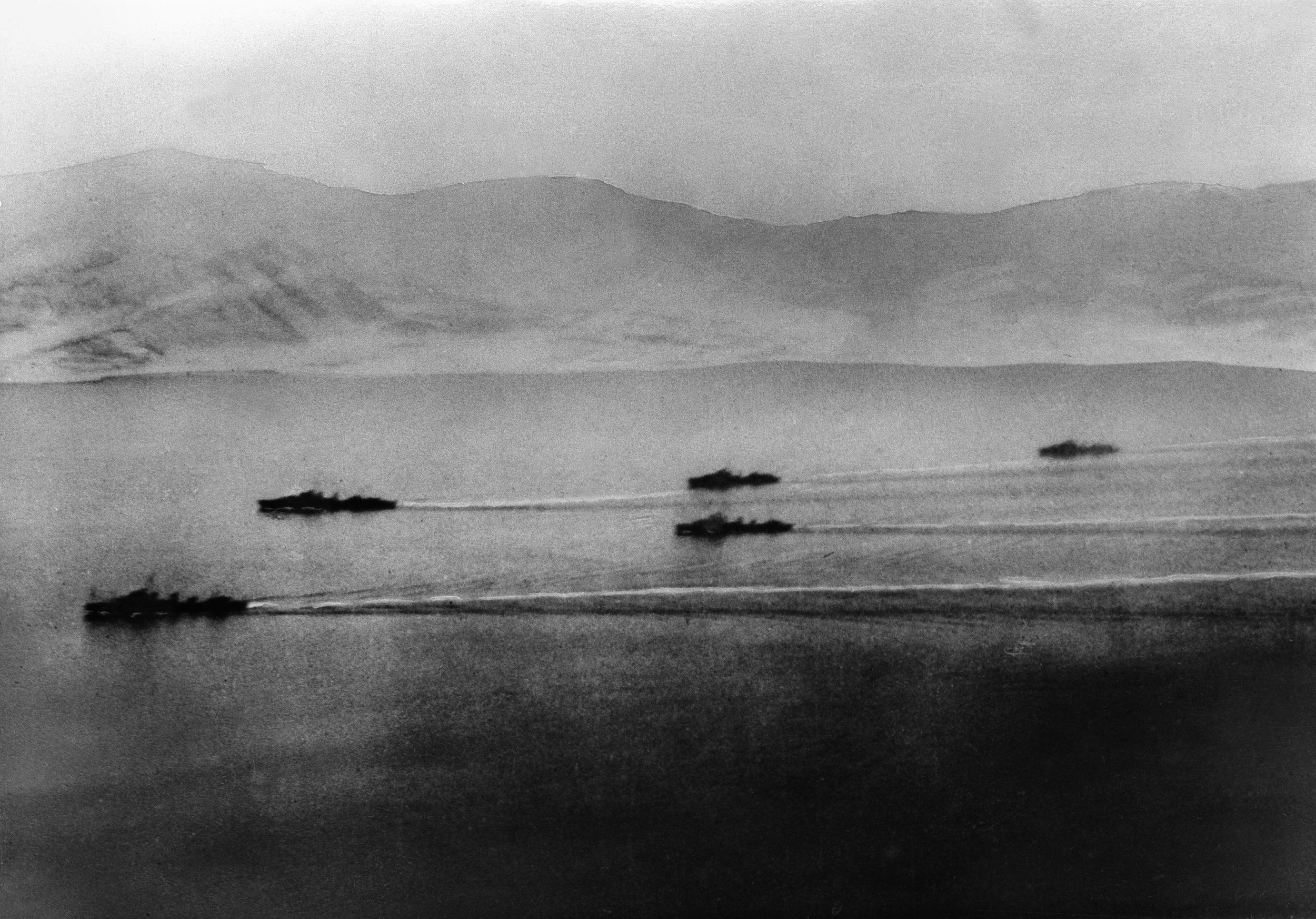
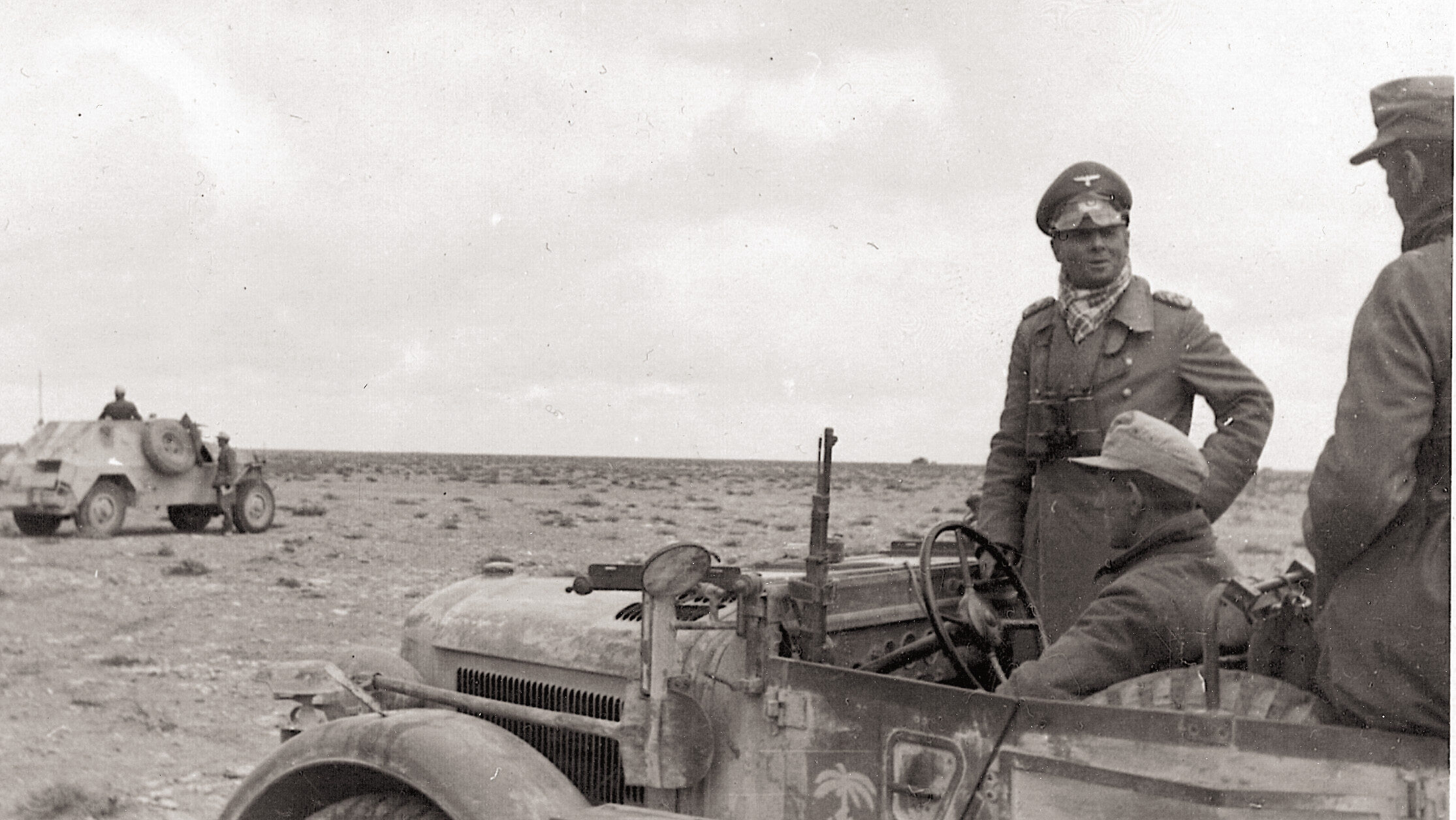
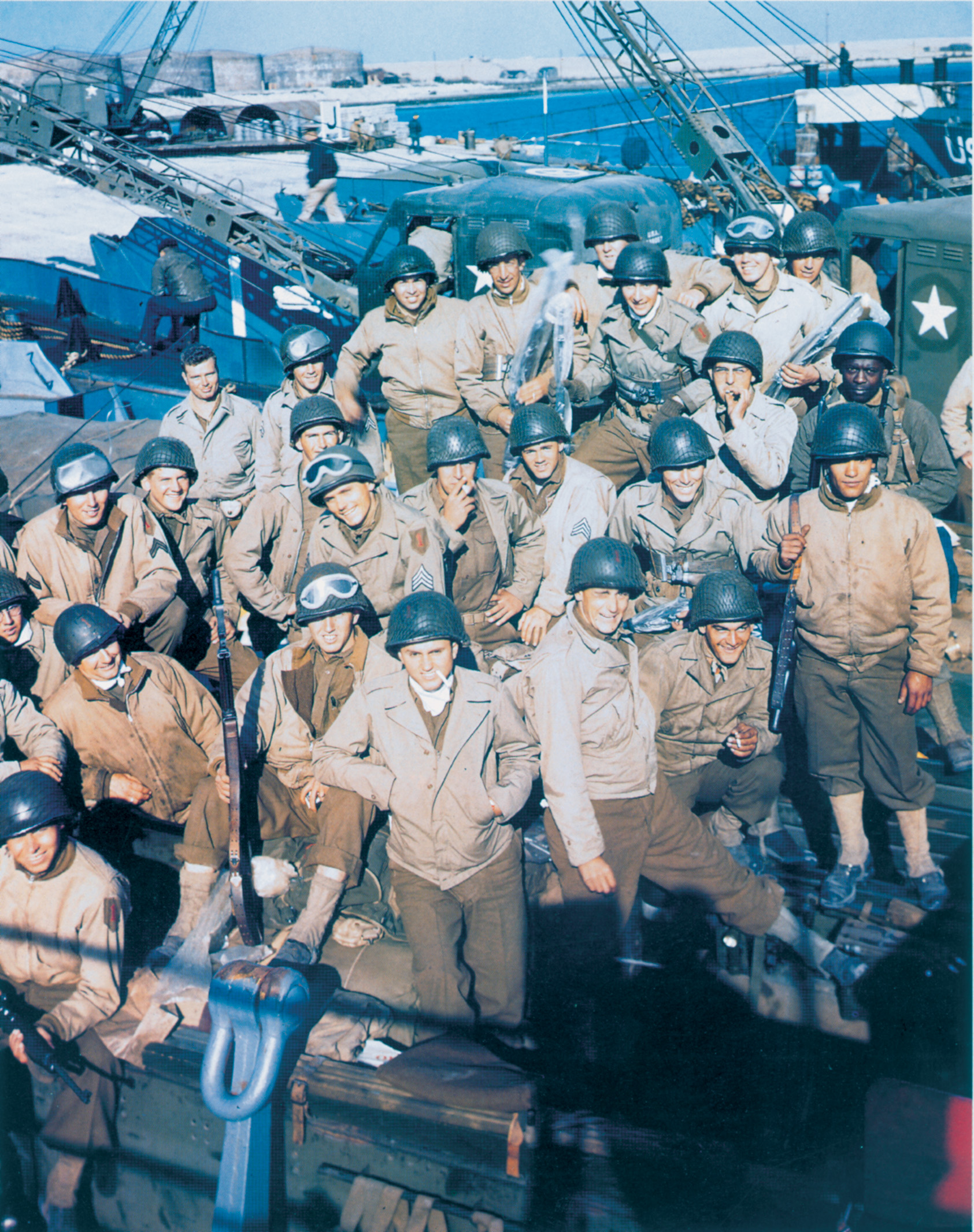
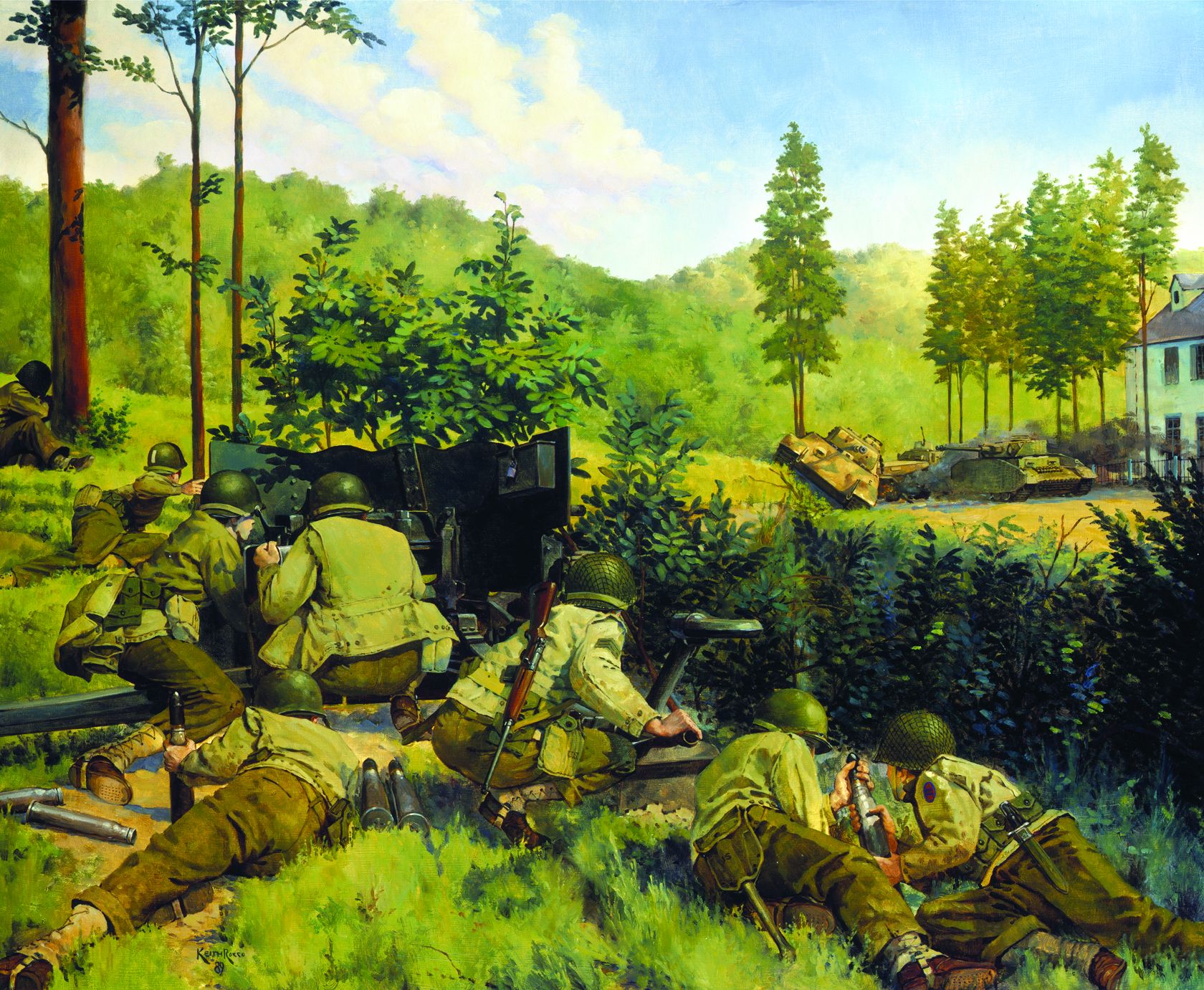
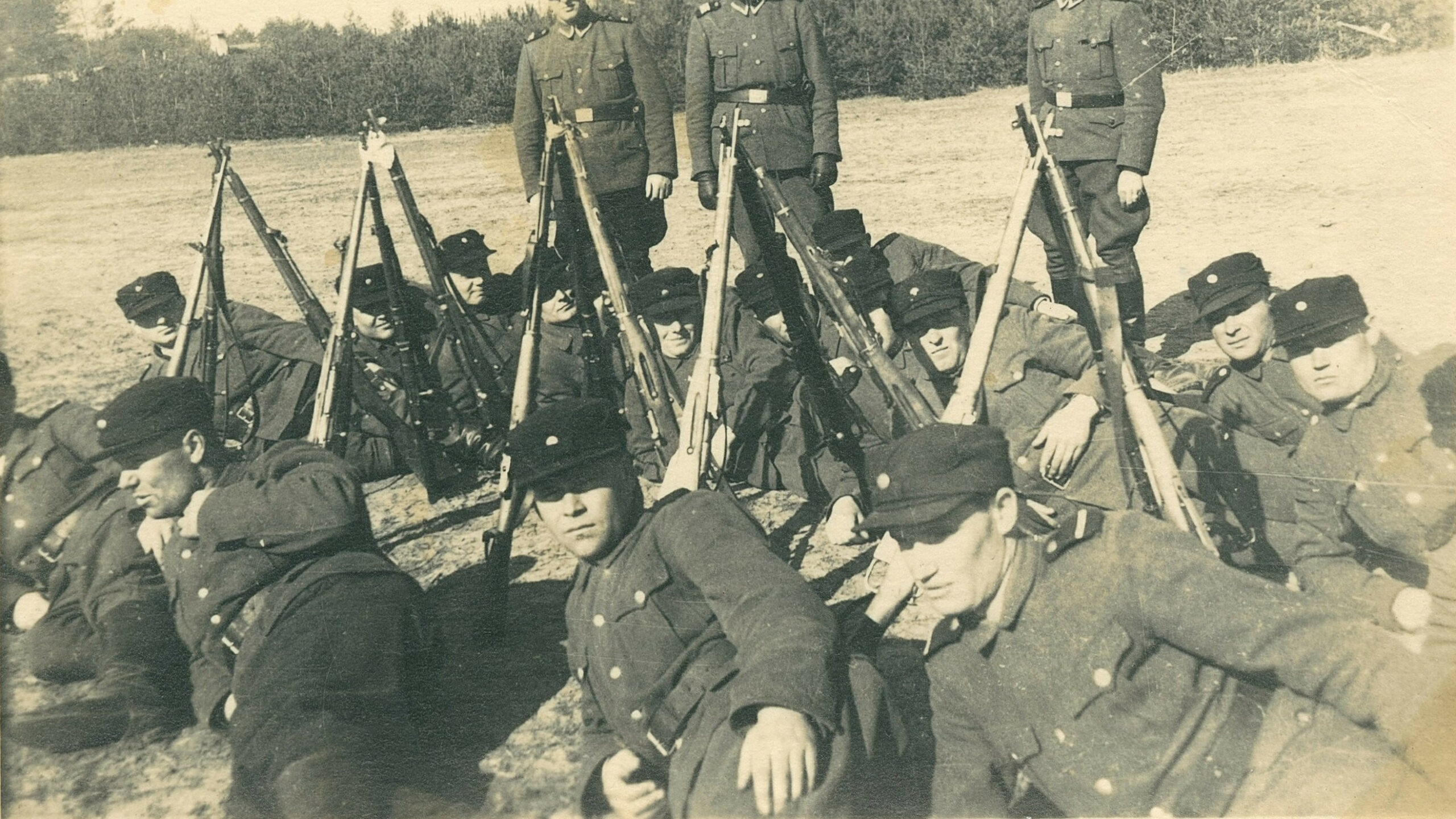
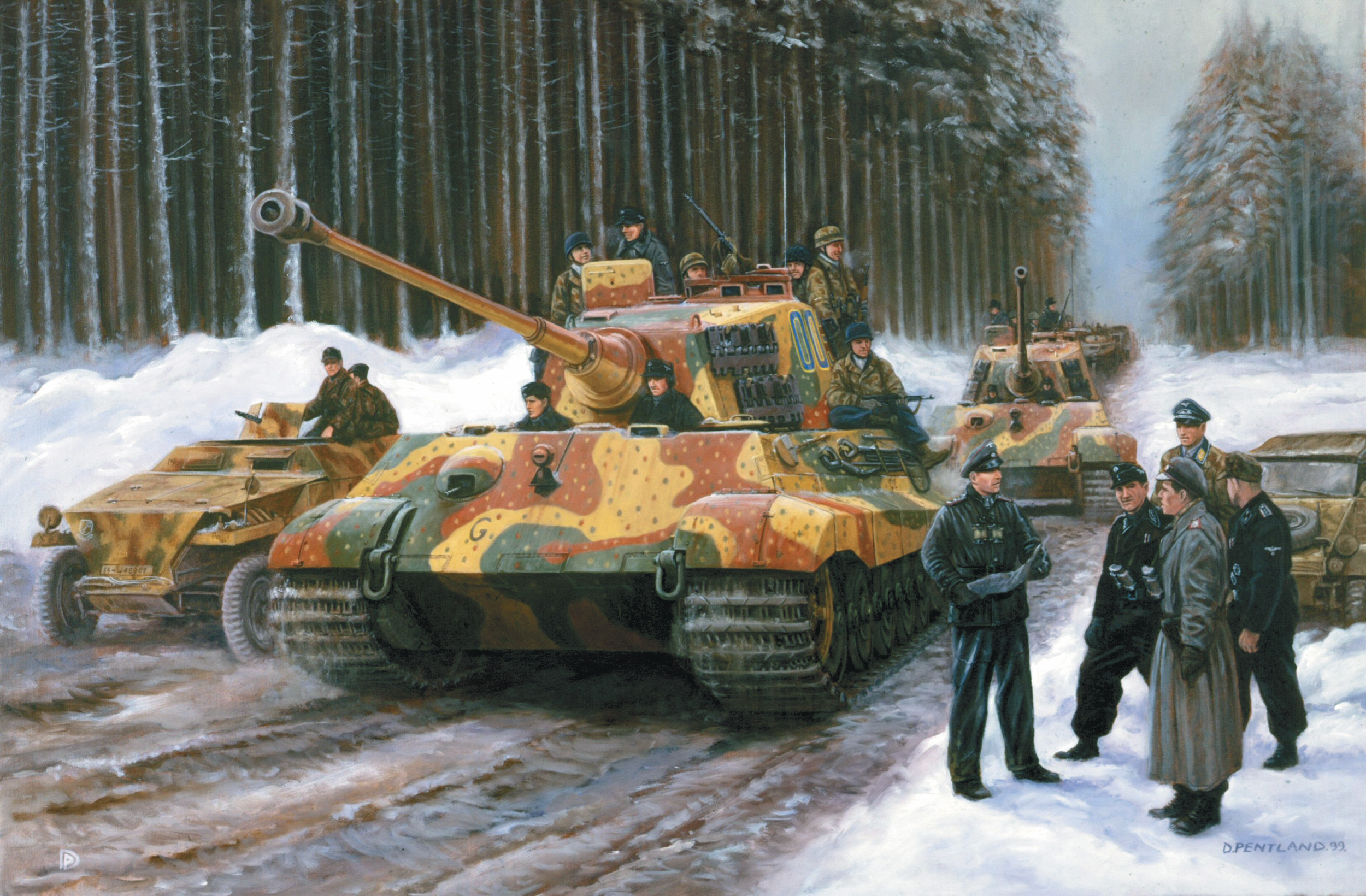
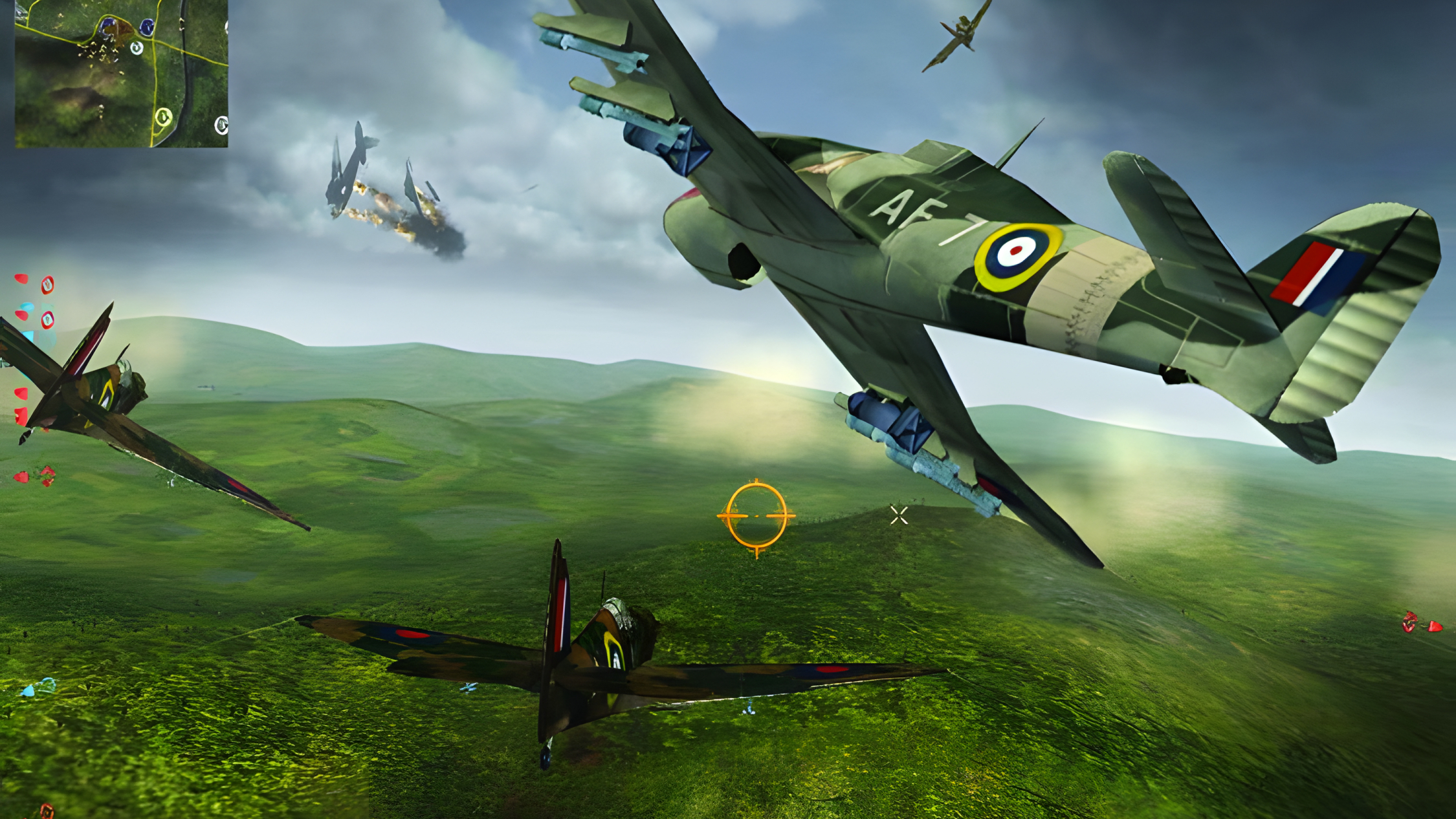
Join The Conversation
Comments
View All Comments